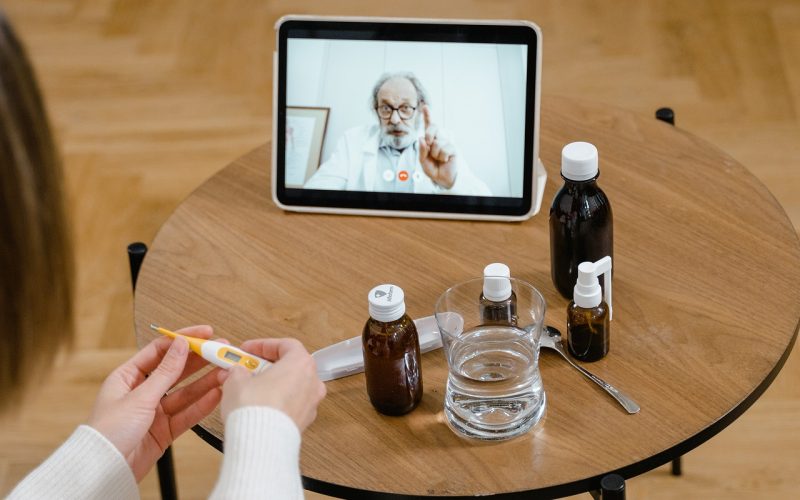Telehealth, or the use of technology to deliver healthcare services remotely, has been on the rise in the United States in recent years. However, the COVID-19 pandemic has accelerated the adoption of telehealth, with many healthcare providers turning to virtual visits as a way to safely provide care to patients. This has led to significant growth in the telehealth market, and experts predict that this trend will continue even after the pandemic subsides.
But what does the future hold for telehealth in the US? What challenges and opportunities will arise as telehealth becomes more widely adopted? In this article, we will explore these questions and more.
Challenges Facing Telehealth in the US
One of the biggest challenges facing telehealth in the US is access. While telehealth can be a great option for patients who are unable to travel to a healthcare provider’s office, it requires a reliable internet connection and the appropriate technology. Unfortunately, many Americans, particularly those in rural areas, do not have access to reliable internet or the necessary devices. This creates a digital divide that can prevent some patients from accessing the care they need.
Another challenge facing telehealth is reimbursement. While many insurance companies have expanded their coverage of telehealth services during the pandemic, there is still some uncertainty about whether these changes will be permanent. Additionally, some healthcare providers may be hesitant to offer telehealth services if they are not reimbursed at the same rate as in-person visits.
Finally, there are concerns about privacy and security when it comes to telehealth. Healthcare providers must ensure that patient information is kept secure when using telehealth technology, which can be challenging when using third-party platforms.
Opportunities for Telehealth in the US
Despite these challenges, there are many opportunities for telehealth in the US. For example, telehealth can help address the shortage of healthcare providers in certain areas by allowing patients to access care remotely. Additionally, telehealth can be a more cost-effective option for patients, particularly those with chronic conditions who require frequent check-ins with their healthcare providers.
Telehealth can also improve patient outcomes by allowing for more frequent monitoring and communication between patients and healthcare providers. For example, patients with diabetes can use telehealth to upload their blood sugar readings and communicate with their healthcare providers about their treatment plans.
Finally, telehealth can improve healthcare access and outcomes for underserved populations. For example, telehealth can be particularly useful for patients who live in rural areas and do not have access to specialty care. Telehealth can also be a useful tool for patients who are unable to travel to a healthcare provider’s office due to disability or other mobility issues.
Conclusion
The future of telehealth in the US is bright, with significant opportunities for growth and innovation. However, there are also challenges that must be addressed in order to ensure that all Americans have access to high-quality telehealth services. By investing in technology infrastructure, expanding insurance coverage for telehealth, and ensuring that patient privacy and security is maintained, the US can continue to lead the way in the adoption and advancement of telehealth.












